News Desk
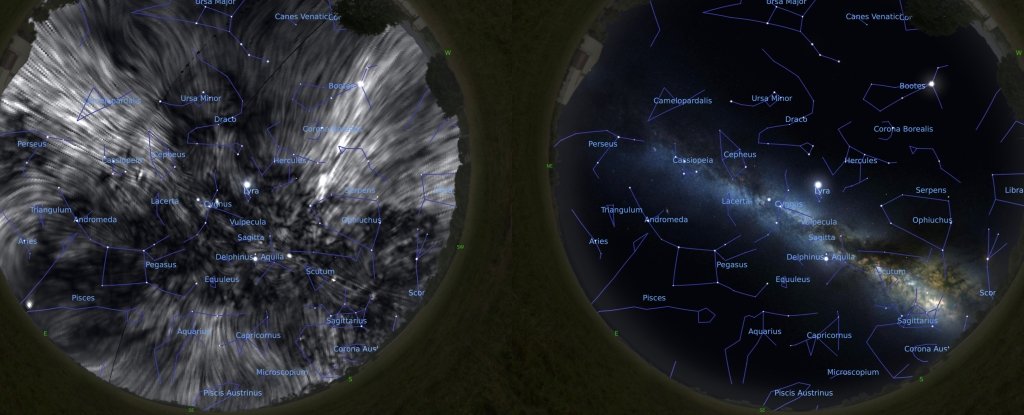
Mysterious structures in the sky that have puzzled astronomers for decades might finally have an explanation – and it’s quite something.
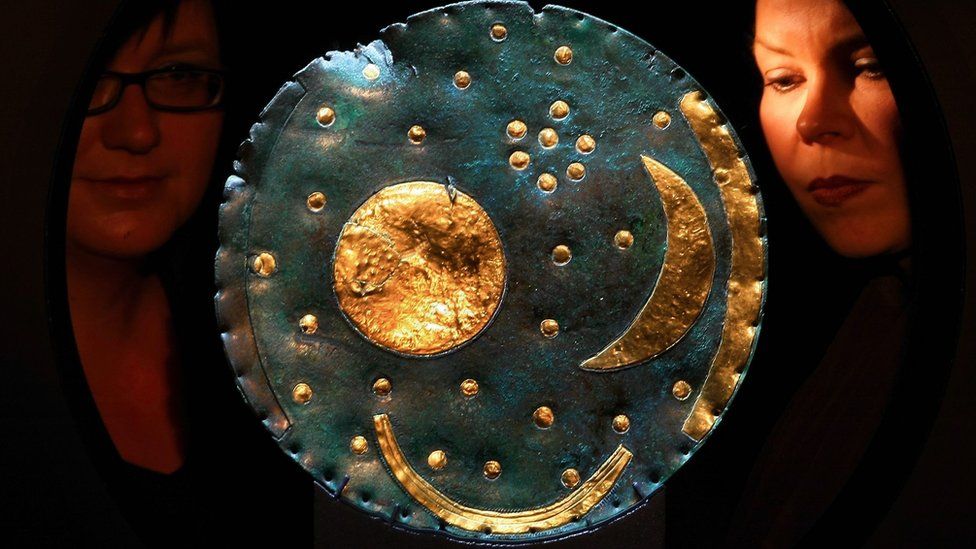
An ancient object thought to be the world’s oldest map of the stars is to go on display at the British Museum.

A comprehensive study of the Taurid meteor stream released last week confirms a central understanding of astronomer Dr. Bill Napier and the Comet Research Group, which was incorporated into the YDI hypothesis from the start in 2007
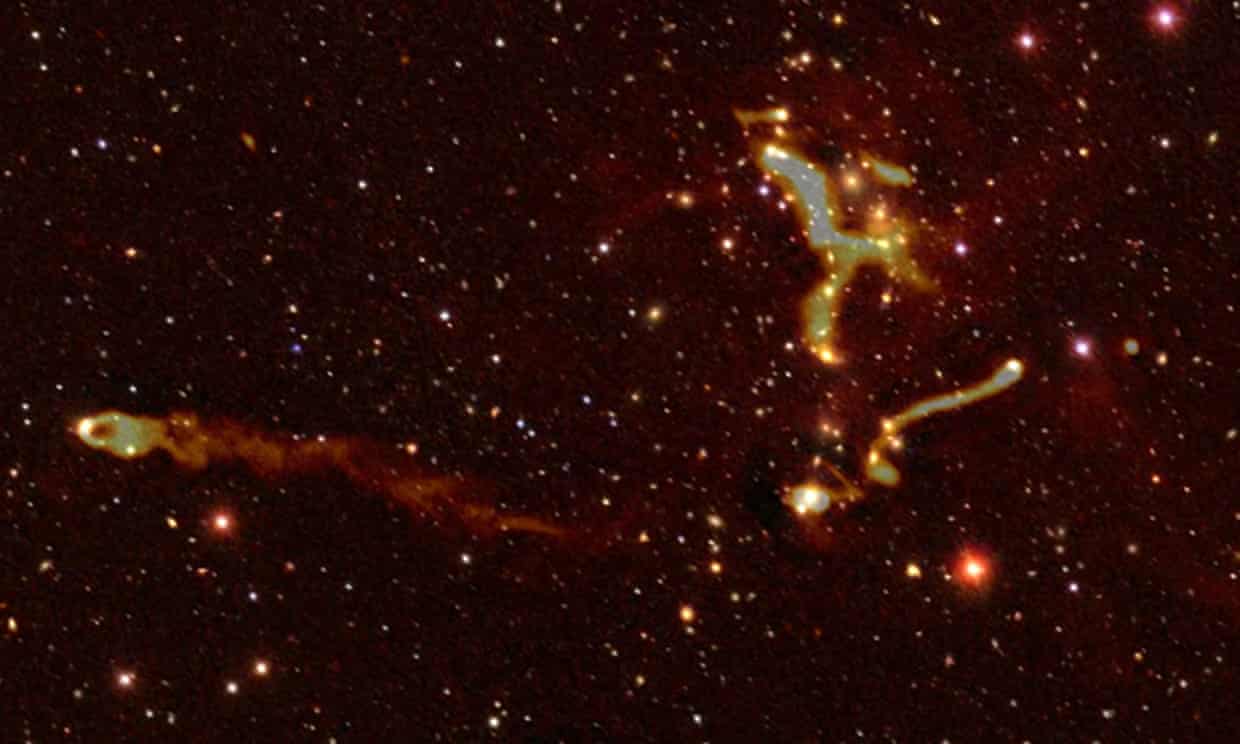
New techniques for spotting previously hidden planets could reveal whether there is life out there – or not.

People who have tried a psychedelic drug at least once in their lifetime have lower odds of heart disease and diabetes, according to new research published in Scientific Reports.
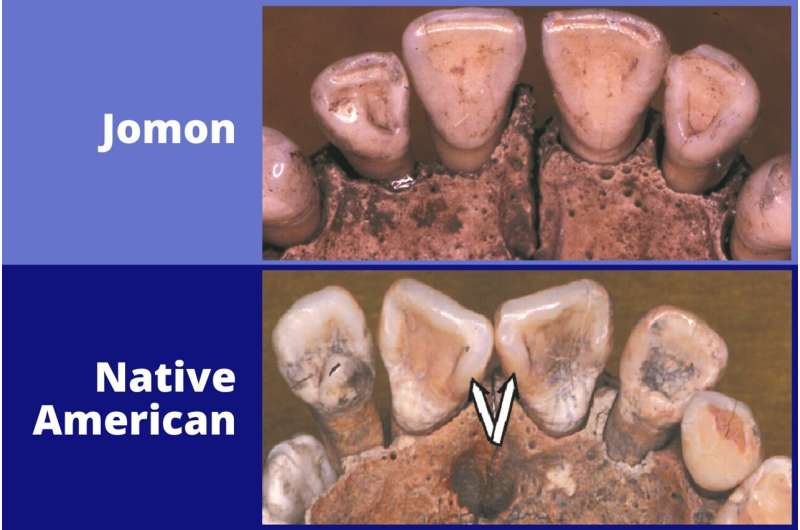
A widely accepted theory of Native American origins coming from Japan has been attacked in a new scientific study, which shows that the genetics and skeletal biology “simply does not match-up”.

Exactly how and when people settled in North America is a topic of much fascination for experts, and now a new analysis of ancient documents is shedding light on some lesser known details of this long-contested timeline.
:format(webp)/cdn.vox-cdn.com/uploads/chorus_image/image/69979299/1175341721.0.jpg)
States are generally following the same model for marijuana legalization. They don’t have to.
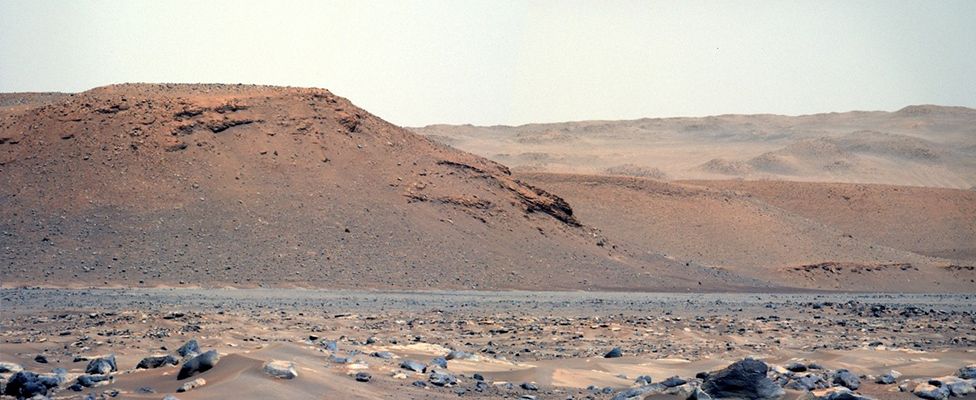
The researchers are sure now they’ve sent the robot to a location that provides the best possible opportunity to find signs of ancient life.

The oldest known footprints of pre-humans were found on the Mediterranean island of Crete and are at least six million years old, says an international team of researchers…
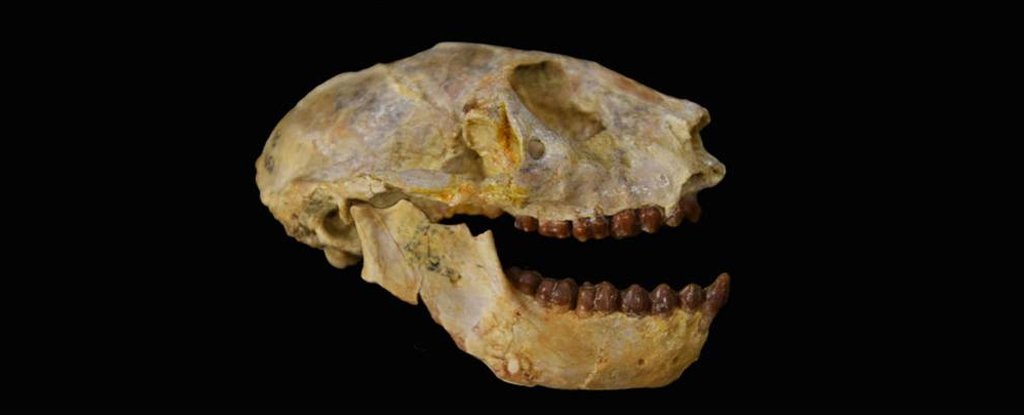
The close of the Eocene roughly 33 million years ago marks a time of great change on Earth. In a slow reversal of what we’re seeing today, temperatures dropped and glaciers stretched their icy fingers towards the equator.

In the beginning, there was … well, maybe there was no beginning. Perhaps our universe has always existed — and a new theory of quantum gravity reveals how that could work.

Seattle is now the largest city in the United States to decriminalize psychedelic plants and fungi.

In our mythologies, there’s often a singular moment when we became “human”. Eve plucked the fruit of the tree of knowledge and gained awareness of good and evil. Prometheus created men from clay and gave them fire. But in the modern origin story, evolution, there’s no defining moment of creation. Instead, humans emerged gradually, generation by generation, from earlier species.

Dating from 120,000 to 90,000 years ago, the bone tools were found in association with carnivore remains that showed signs of skinning for furs and pelts.

Previous studies have also found that LSD, another psychedelic drug, can enhance the emotional responses triggered by music, so the team wanted to find out if psilocybin had a similar effect.








